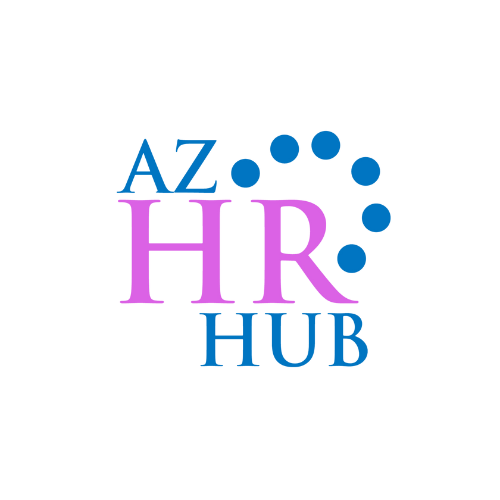Strategic Workforce Planning: Ensuring Your Team is Ready for the Future
In today's rapidly evolving business landscape, strategic workforce planning has become essential for organizations to thrive. By aligning workforce needs with business goals, organizations can proactively address talent gaps, optimize resource allocation, and stay ahead of the competition. In this blog post, we'll delve into the importance of strategic workforce planning and explore key strategies for ensuring your team is ready for the future.
The Importance of Strategic Workforce Planning:
Strategic workforce planning involves analyzing current workforce capabilities, identifying future talent needs, and developing strategies to bridge any gaps. By taking a proactive approach to workforce planning, organizations can mitigate risks, capitalize on opportunities, and adapt to changing market conditions more effectively.
Key Strategies for Effective Strategic Workforce Planning:
Define Organizational Objectives: Begin by clearly defining your organization's long-term goals and objectives. Consider factors such as growth projections, expansion plans, and anticipated changes in industry trends.
Assess Current Workforce Capabilities: Conduct a comprehensive assessment of your current workforce, including skills, competencies, and performance levels. Identify strengths, weaknesses, and areas for development to inform your workforce planning strategies.
Forecast Future Talent Needs: Anticipate future talent requirements based on your organization's strategic objectives and market dynamics. Consider factors such as anticipated retirements, technological advancements, and shifts in consumer preferences.
Develop Talent Acquisition Strategies: Develop proactive talent acquisition strategies to attract, retain, and develop top talent. Leverage internal talent pipelines, external recruitment channels, and talent development programs to build a skilled and diverse workforce.
Invest in Training and Development: Invest in employee training and development programs to upskill existing talent and fill skill gaps. Provide opportunities for continuous learning, career advancement, and professional growth to enhance employee engagement and retention.
Foster a Culture of Agility and Adaptability: Cultivate a culture of agility and adaptability within your organization to respond effectively to changing business needs. Encourage innovation, creativity, and flexibility among employees to drive continuous improvement and innovation.
Monitor and Evaluate Progress: Continuously monitor and evaluate the effectiveness of your workforce planning initiatives. Track key performance indicators, gather feedback from employees, and adjust strategies as needed to ensure alignment with organizational goals.
Strategic workforce planning is a critical process that enables organizations to anticipate and respond to evolving talent needs. By taking a proactive approach to workforce planning, organizations can build a resilient and adaptable workforce that is ready to tackle the challenges of the future. Invest in strategic workforce planning today to ensure your team is prepared for whatever the future may hold.
If you want help in your company’s workforce planning, schedule your FREE consultation with AZ HR Hub!

